Scientists Find Giant Ghost Hand In Deep Space
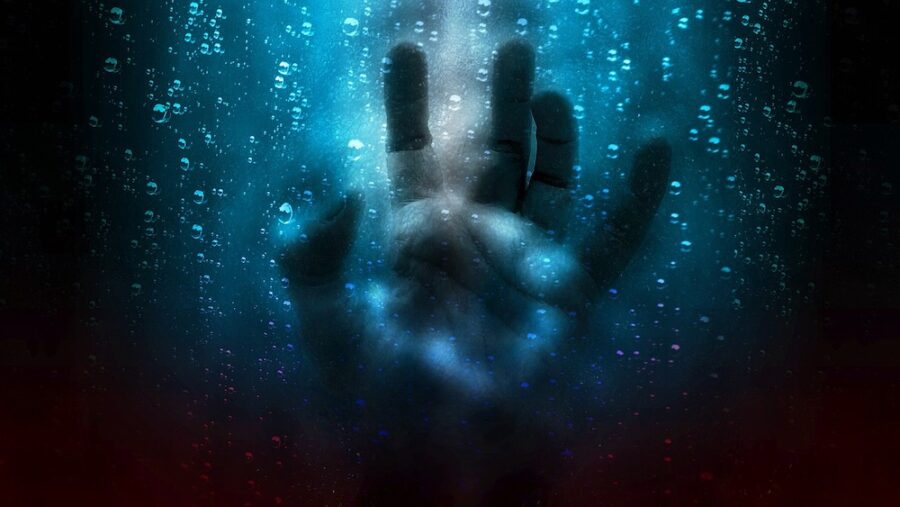
In a bizarre Halloween-style turn of events, NASA researchers seem to have found a nebula deep in the reaches of space that resembles a skeleton hand. The discovery, which was reported by a write-up in The Astrophysical Journal, details the use of NASA X-ray technology to photograph the mysterious metacarpals over 16,000 light years from Earth. The hand seems to be the result of a magnetic structure lingering from a star collapse thousands of years in the past, resulting in a strangely human form.
X-Ray Technology Helped Capture The Image
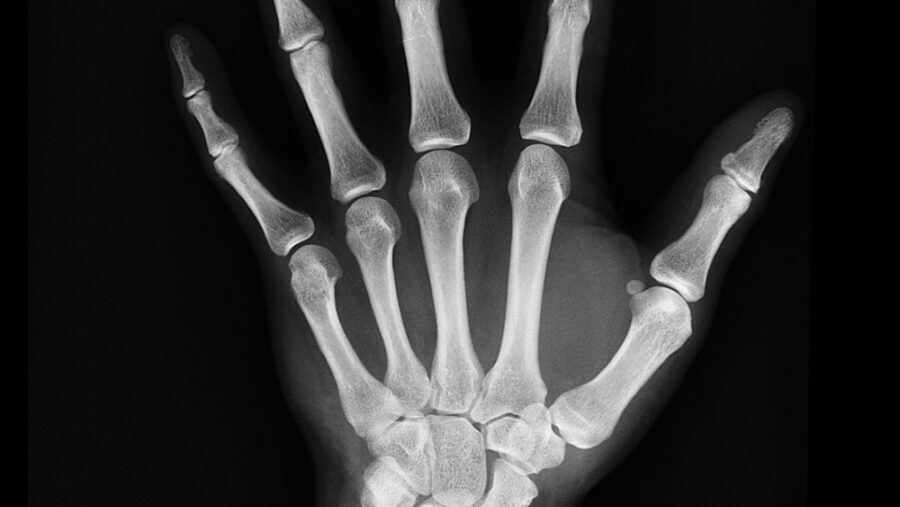
Though this discovery is brand new, the research that led to the technology that located this nebula seems to have come full circle with the 19th-century discovery of X-ray technology. German physicist and mechanical engineer Wilhelm Röntgen first created the process for X-ray imaging in the late 1800s, testing the newfound tech by taking scans of his wife’s hands. These early X-rays helped to pave the way for modern X-ray imaging, which has had revolutionary results for diagnostic medicine in the centuries to follow.
The Skeleton-Hand Nebula Is Names MSH 15-52
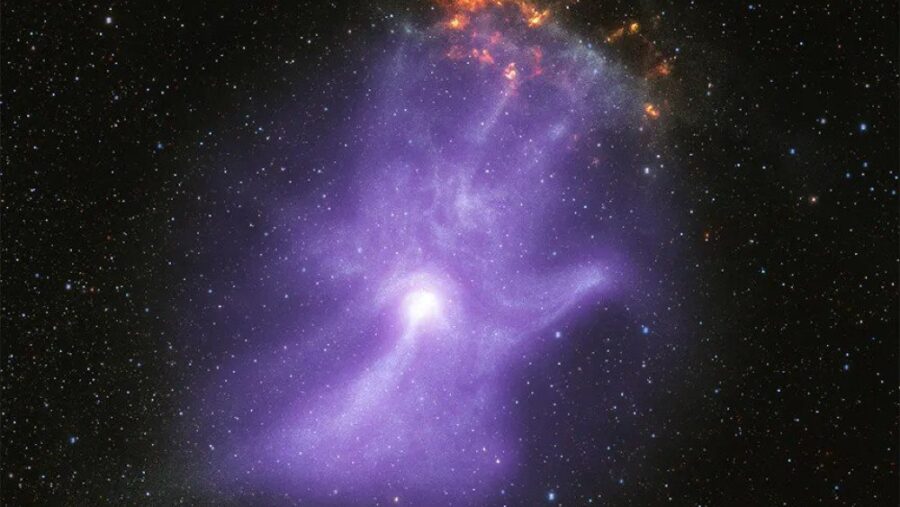
In 2021, NASA outfitted their Chandra Observatory with X-ray capabilities in order to spot distant magnetic signatures in the vast reaches of outer space, resulting in a few surprising finds. The most recent catch of the Chandra Observatory, of course, is the skeleton-hand nebula, which scientists have named MSH 15-52. Researchers have since remained locked on to the deep-space discovery for over 3 weeks’ time, the longest consecutive time the Observatory has remained trained on a single spot.
The Cosmic Hand Is A Wind Nebula
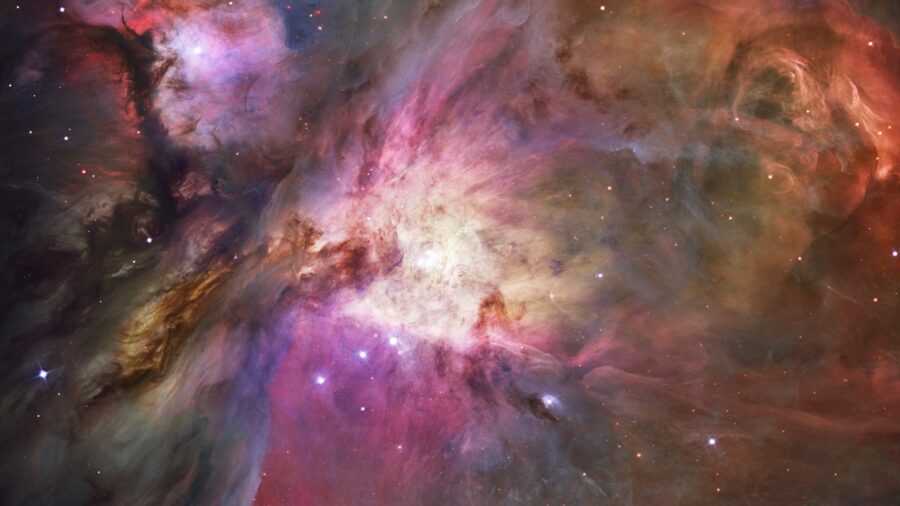
MSH 15-52 is classified as a wind nebula, which contains a powerful magnetic field, strangely in the exact shape of a skeleton hand, reaching through the emptiness of space to grasp at the void. The magnetic field has also been nicknamed by NASA astronomers, with the not-so-catchy title PSR B1509-58. According to researcher Roger Romani, who led the Stanford University study of the nebula, the magnetic field likely exists due to a collapse of a giant star, not unlike our own Sun, which ran out of fuel over 1,500 years ago, resulting in a nuclear reaction.
Stars Are Often Mapped According To Their Likeness Of Other Things
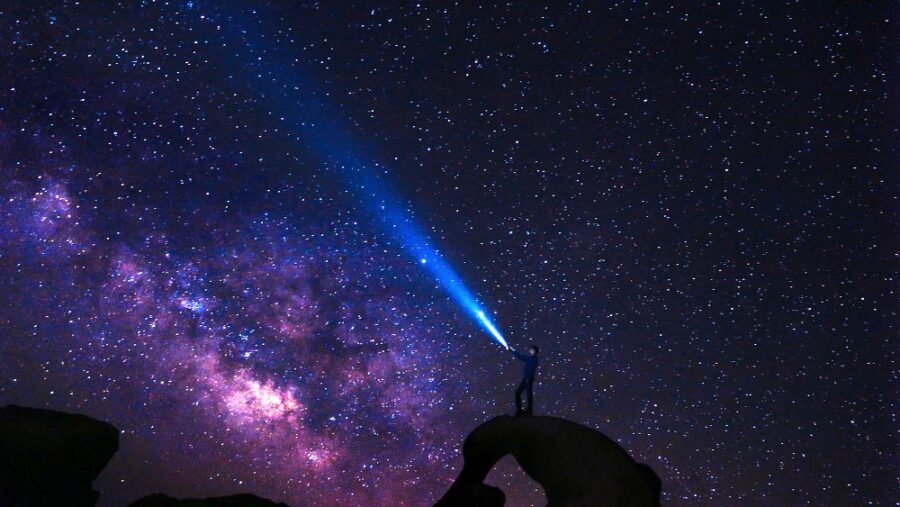
This reaction in turn created a number of straight and uniform magnetic fields within the wind nebula, which is highly unusual for genetic structures of this variety. Of course, this wouldn’t be the first time scientists discovered something in nature that bears a shocking resemblance to the human composition. Many scientific data sets have drawn comparisons to features such as the human fingerprint with the composition of tree stumps, or leaves and the palm of the human hand.
The Skelton-Hand Nebula Is One Of A Kind

While some of these similarities are purely coincidental, others show the building blocks of nature in their rawest form, providing scientists with some insight into how evolution has impacted living creatures in a number of modern environments. The discovery of this hand-shaped nebula seems to be the first of its kind, though NASA X-rays are relatively new in their deep-space employment, so more discoveries of this kind may be soon to follow. For now, the Chandra X-ray Observatory has posted its findings on YouTube for all to marvel at and enjoy.












